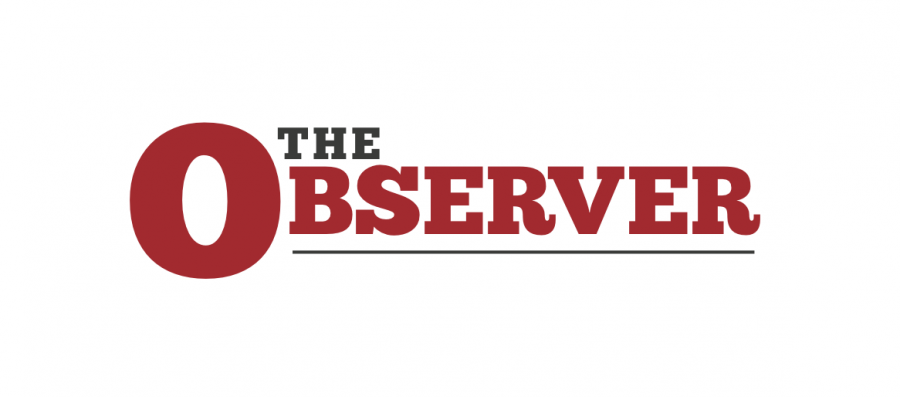Students interact with wildlife during Tieton River Elk Feeding
January 16, 2019
The Kittitas Valley is not only home to around 46,000 people, but also a diverse ecosystem of animals. CWU’s Outdoor Pursuits and Rentals (OPR) makes it one of its goals to bring students closer to the Kittitas Valley wildlife. On Wednesday, Jan. 9, one trip, planned and led by CWU students Kendall Kramer and Tonya Morrey, did just that when OPR brought a van full of students to spot one of our resident herds of elk.
One of these students was 19 year old Uriel Piezer who has also joined OPR for many of their skiing trips.
“I chase adventure,” Piezer said.
The L.T. Murray Wildlife Area lies about 15 miles west of Ellensburg and contains 54,070 acres of hills and rivers. It was originally purchased jointly by the Bureau of Outdoor Recreation (BOR) and the Interagency Committee for Outdoor Recreation (ICOR) in 1968 to provide a safe range for deer and elk to migrate through and feed, as well as providing a habitat for game birds.
As the students stepped out of the van and started up a snowy hill towards the edge of the wildlife area, they could see moving dots along the ridge forming in lines. One shape raised its head showing terrific antlers, and cried out, a high-pitched wail in the otherwise quiet air. Between 20 and 30 elk all made their way over the ridge following the first. The sentry had cried out a warning to them that we were coming.
These elk weren’t just there by coincidence, they would be in the same place every day at around the same time from morning until early afternoon. This is because the Washington Department of Fish and Wildlife (WDFW) has a station which feeds the herd bales of hay as well as specially formulated pellets packed with grains and proteins.
According to the WDFW, feeding these animals is not to help their food intake during the winter, the elk in the area have ample food supply, but instead to guide the herds away from the nearby private property which they would have to trample through to get that food.. A herd of adult elk could cause extensive property damage, as well as contract diseases from domestic animals.
However, significant risks need to be addressed regarding whether or not the wildlife should be fed by people, one of which being that often people want to feed deer and elk foods that are not able to handle things like corn and apples and artificial feed that domestic animals have been bred to digestively handle. In addition, enticing the herd to be at the same place every day makes them vulnerable to diseases, as well as makes them a big target for predators and poachers. Some have also brought up that the feeding stations may draw the animals to cross roads.
It is because of this that similar programs aren’t run in the entire state, in addition to the fact that the WDFW doesn’t have the resources to do so. The fish and wildlife departments of nearly every state in the US agree that feeding wildlife is generally a dangerous act, both to the animals themselves and to the ecosystem in general. Because of this there are few state-run wildlife feeding programs. Here in Ellensburg though, circumstances present the human locals of Kittitas Valley with the opportunity to see stunning views of the animals we share this area with.


